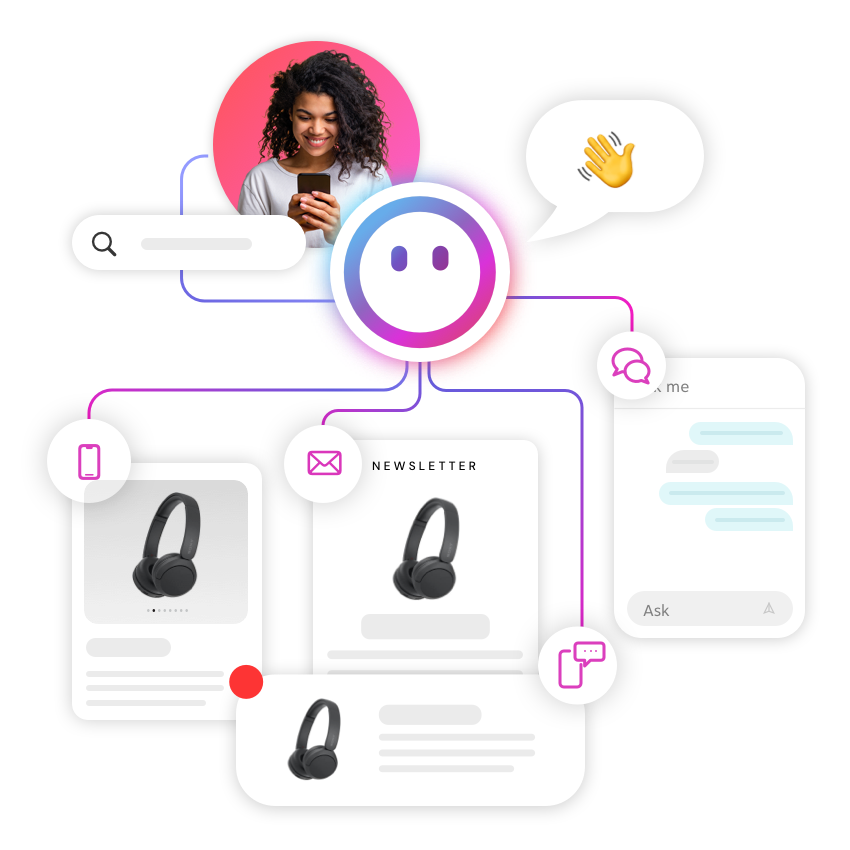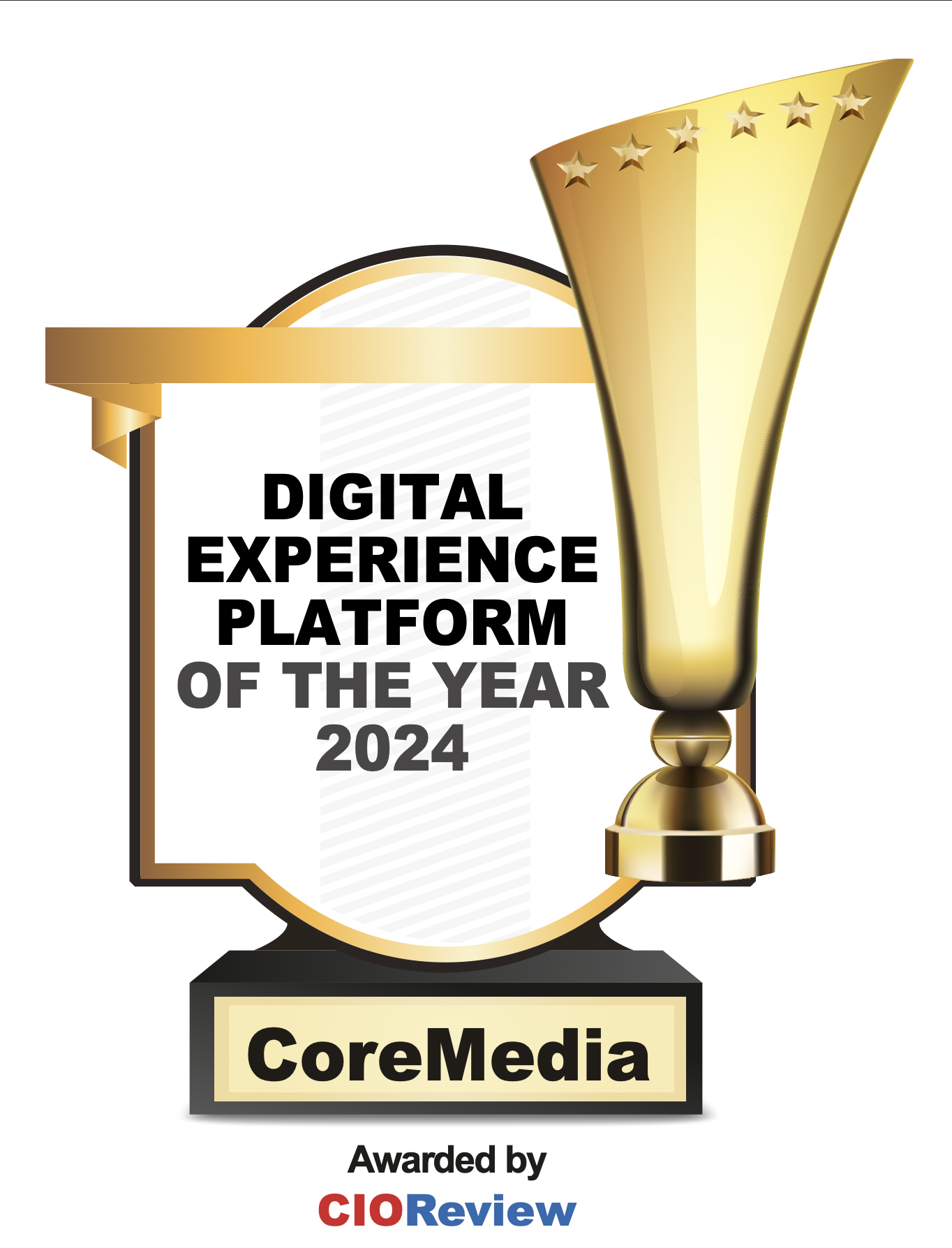Last week, we made four predictions for the future of software in 2023. Today, we’ll take a closer look at our first prediction – increased artificial intelligence (AI) automation. Emerging, generative AI services seem likely to dominate the landscape of digital experience throughout 2023 and beyond. With AI being used to develop better, more personalized recommendations and to automate simple tasks, the possibilities for a new standard in customer experience are endless.
How AI is changing the landscape of digital experience
AI technology allows for an improved customer experience by providing personalized solutions and higher levels of accuracy. AI can be used to gather data from various sources, including social media platforms and website visits, to create a more complete customer profile. This data can then be used to gain insights into consumer behavior and preferences, as well as provide real-time recommendations based on customer data collected through digital channels. According to Forrester, 71% of business leaders agree that AI improves efficiency, and 59% say that it increases scalability.
Machine learning in action
The ability to quickly collect relevant information is invaluable when it comes to understanding customers’ needs and wants as well as predicting future trends. In addition to AI technology, machine learning (ML) is becoming increasingly important. ML algorithms allow for automated decision making based on large sets of customer data, analyzed to find patterns or correlations. ML models enable quicker response times, as they are able to process large amounts of data quickly without human intervention.
Upgrading digital experience
The biggest advantages that ML algorithms offer digital experience is a more intuitive user experience, through the incorporation of individual preferences. By utilizing predictive analytics algorithms, collecting better insights into customer behavior becomes a much simpler task. This allows businesses to make better informed decisions about how they market their products or services and accurately understand customer needs, developing strategies based on those insights.
One of the most popular ways to incorporate AI/ML is through natural language processing (NLP), which allows for computers to understand human language. NLP enables companies to create bots that understand natural language and use them to interact with their customers. For example, chat bots like Open AI’s ChatGPT use NLP to understand a user’s question and respond quickly with the correct answer, written clearly and concisely. Microsoft is currently in talks to invest $10 billion in OpenAI, on top of an existing $3 billion investment, indicating that the hottest trend in AI should have long-term staying power.
According to Forbes, at least 10% of Fortune 500 companies are expected to use AI-related tools for customer-facing content creation in 2023, which includes models for text, image, audio, and video.
These same chatbots are even able to accurately write and deploy clean code, which will likely become a component of the software development lifecycle in 2023.
The bottom line
With new AI applications captivating the software industry in 2023 and beyond, it is essential that we all better understand just how powerful these tools can be when implemented correctly. By leveraging the learnings from these technologies to gain valuable insights into user behavior, companies can create powerful digital experiences for their customers, improve user experiences overall, and stay competitive in today’s demanding market.
Image: Pexels - Tara Winstead








